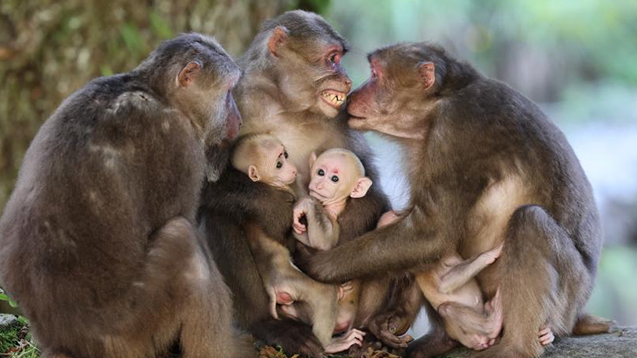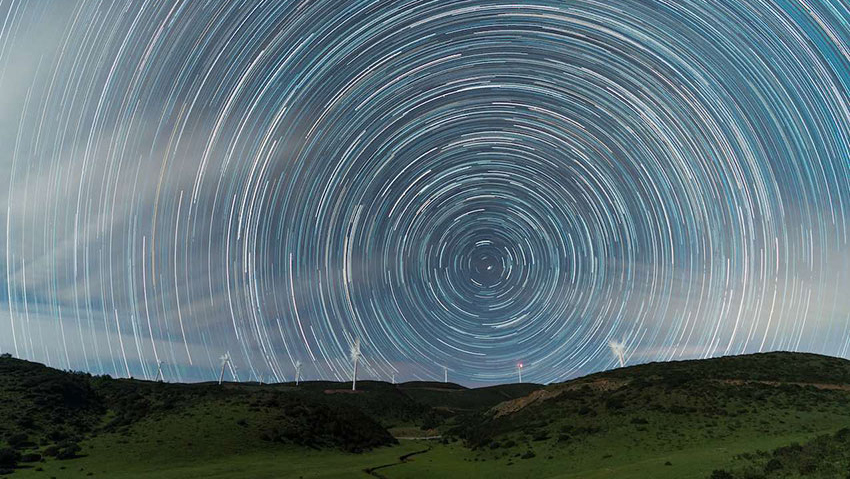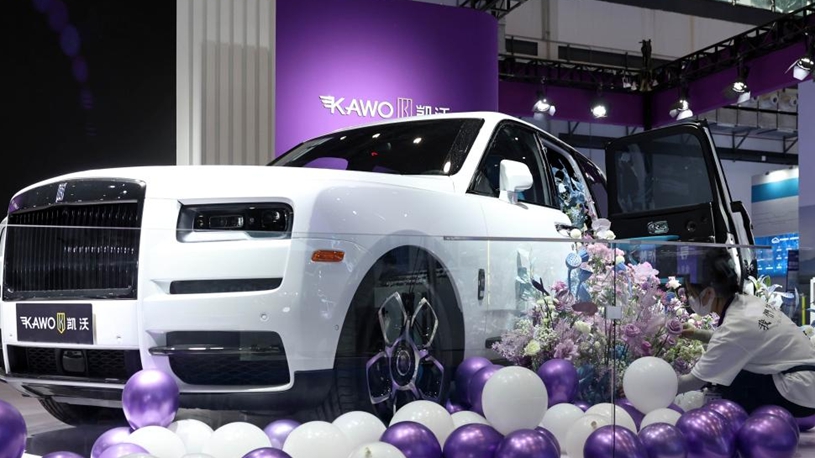Dunhuang's ancient beauty shared in digital form
BEIJING, July 26 (Xinhua) -- The northwestern Chinese city of Dunhuang is more than 2,000 km away from Beijing, but thanks to digital technology, its renowned traditional heritage can be freely enjoyed by the residents of the capital.
Dunghuang is home to the Mogao Grottoes, a UNESCO World Heritage site, elements of which are on display in an ongoing exhibition at the National Base for International Cultural Trade in Beijing. Murals, grottoes, painted sculptures and other splendid items of cultural heritage have been reproduced, while those caves that are now closed have now been reproduced in digital form.
The exhibition area, covering some 1,600 square meters, features the results of research on nearly 50 sets of cultural relics from the Dunhuang Academy.
The No.3 grotto in Dunhuang is a typical example of the ancient frescoes, but it is steadily deteriorating.
"There are small blisters on the wall, and these blisters will make the pigment layer fall off. Some experts have concluded that it will not be long before this fresco disappears," said Tang Li, who is in charge of the exhibition.
Although the real grotto in Dunhuang is no longer open to the public, the digitally restored grotto can be preserved forever in the digital space.
Opening in July, the exhibition will last for three years. It is the first time that the Dunhuang Academy has held such a long exhibition in Beijing.
Through digital scanning technology, the buildings, painted sculptures and murals of Mogao Grottoes are scanned, stored and transformed into a digital format.
"The 3D scanning and printing technology restores the charm of painted sculptures, while 3D reconstruction and artistic restoration replicate the shape of painted sculptures in the same proportions," said one exhibition lecturer.
The idea of digitalizing Dunhuang culture was first put forward in the late 1980s. The subsequent decades have seen much development and numerous achievements in digital preservation.
By the end of 2021, the "digital Dunhuang project" had completed the digital collection of 268 grottoes, the image processing of 164 grottoes, and the 3D reconstruction of 45 painted sculptures, 146 grottoes and seven large relics sites. A professional and technical team of more than 100 people have been established.
The Dunhuang Academy has created a set of digital techniques suitable for murals that cannot be moved. In the process, it has not only applied various mature technologies to the digital protection of the grottoes in Dunhuang, but has also established standards for the digitalization of immovable cultural relics.
The protection and revival of Dunhuang's ancient culture is not an isolated case in China. The Yungang Grottoes in Shanxi also have 3D "digital archives," which allow precious cultural relics and historical archives to be permanently preserved. Meanwhile, tourists can now enjoy a dynamic experience of the terracotta warriors and horses in Xi'an through AR technology.
Such projects have provided a means of preserving China's splendid cultural heritage for future generations, while making it more widely available both at home and abroad.
Zhao Shengliang, Party secretary of the Dunhuang Institute, said, "It is hoped that the 'digital Dunhuang' will not only allow more audiences to experience the artistic charm of Dunhuang, appreciate the outstanding achievements of traditional Chinese culture, enhance artistic appreciation, and enhance cultural self-confidence, but also promote exchanges between cultures along the Belt and Road under new historical conditions."
Photos
Related Stories
- Villagers harvest apricots in Dunhuang, NW China
- Digitalization helps to preserve Mogao Grottoes of Dunhuang for future generations
- People visit Mingsha Mountain and Crescent Spring scenic spot in Dunhuang
- China's Dunhuang brings architecture depicted in murals to life with 3D technology
- Seminar on Dunhuang Grotto art held online
Copyright © 2022 People's Daily Online. All Rights Reserved.









